The piece of artwork I will be speaking about is “Violetta Alone, 2015” created by Tom hammick, which I witnessed at the “Towards Night” exhibition at the Towner Art Gallery in Eastbourne.
What I found most striking about seeing this image upfront was the size of the piece. It is larger in size than I anticipated (193 x 152 cm in size to be precise), this made the image have a far greater presence than when glancing at it on the internet. The image captivated your gaze with its size and by its moody, mysterious atmosphere that was not as strongly present when looking at it through a screen.
I also noticed that marks and colours appeared more vivid in the piece compared to when browsing the piece online, certain red lines silhouetted the figure making the character seem somewhat more sinister. I did not notice this online compared to when I saw the artwork upfront, making the image far more interesting to me.
The way the artwork was positioned in the exhibition made it have more of an impact on the viewer. The image had its own wall in the corner all by itself so it was seen as an almost monumental piece by the artist. This would only have been noticed by seeing the work upfront and perhaps at this particular exhibition.

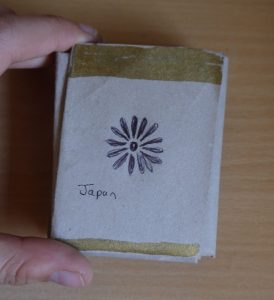
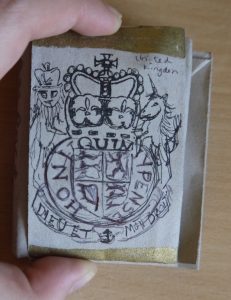
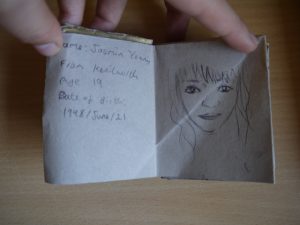
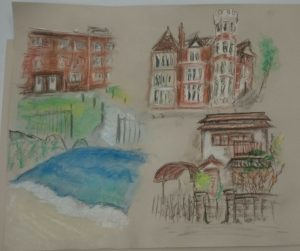
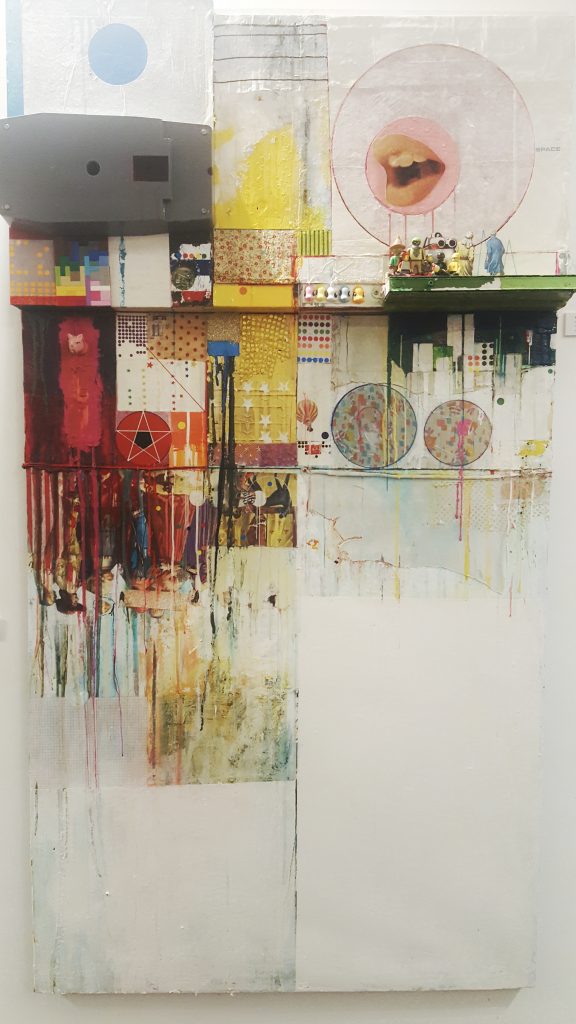

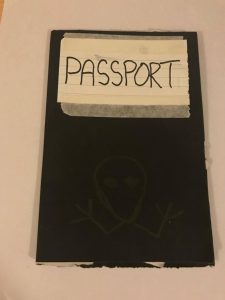
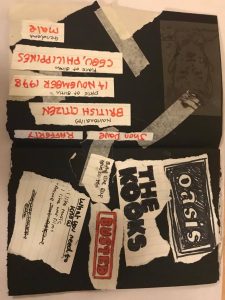
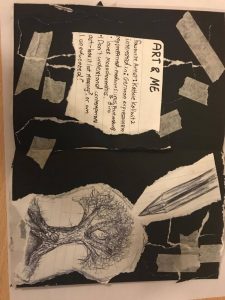
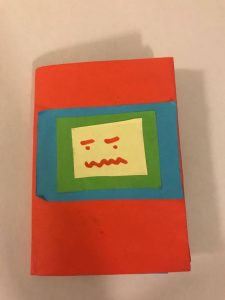
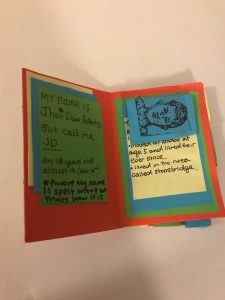
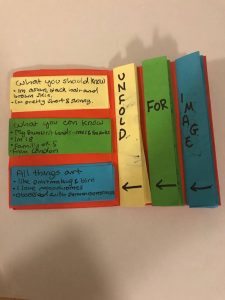
![IMG_0198[1]](http://blog.soton.ac.uk/rcs/files/2017/10/IMG_01981-169x300.png)